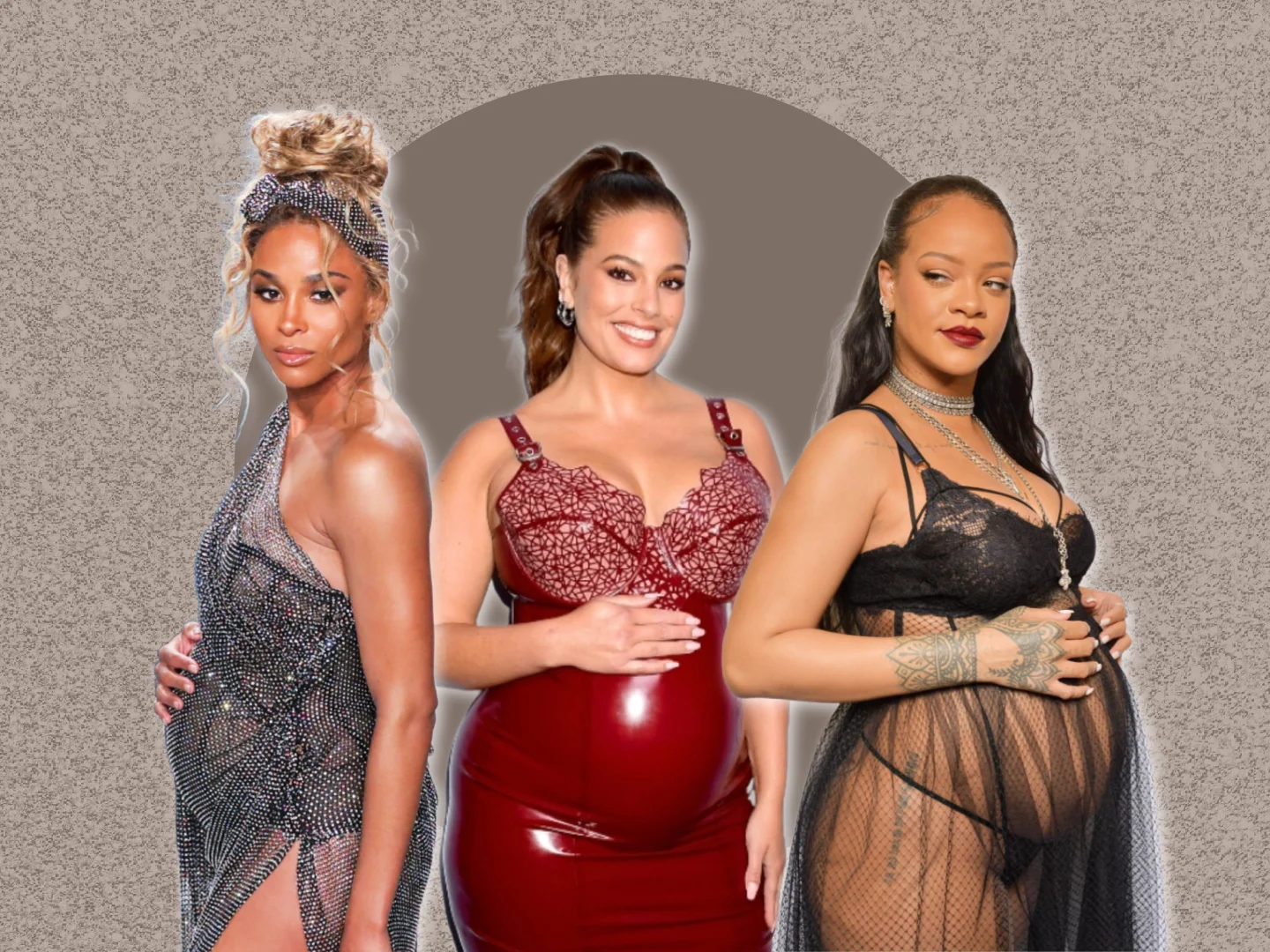You might have come across the heart-wrenching story of a young boy named Ethan who, after facing relentless bullying at school due to his prominent ears, decided to undergo surgery at the tender age of six, with his parents’ support, to have them surgically “pinned back.” While I would never criticize such a choice—if my child had similar ears and wished to change them, I would likely agree as well. The procedure appears to be straightforward and carries minimal risks. A charitable organization even covered the costs to help children combat bullying through plastic surgery. I completely empathize with the struggle of having a physical trait that draws unwanted attention—whether it’s curiosity or the cruelty of peers.
Nonetheless, this situation fills me with sadness. Ethan is just starting first grade and has endured years of mockery, with cruel nicknames like “Radar Ears” being thrown his way. His parents shared that he lost his enthusiasm for school, and he no longer engages with his classmates as he once did. Hearing this broke my heart.
As a mother of two boys—one in third grade and a three-year-old little guy—I can relate to these worries. My older son has had a relatively smooth experience in school, with only the typical ups and downs. Meanwhile, my youngest has yet to enter the school system, but I find myself more anxious for him than I was for my older child.
My three-year-old has a large, dark coffee-brown birthmark on his neck. While it may not be as noticeable as Ethan’s ears, it’s one of the first things people see when they meet him (along with his big, beautiful eyes, of course!). Since his birth, I’ve constantly wondered how he will navigate school life with such a conspicuous feature.
We’ve consulted doctors and learned that this birthmark isn’t one that fades with age; in fact, it will grow alongside him. Laser treatments aren’t an option, and removal would demand surgery—likely more than one. At his young age, my son is just starting to notice this difference. He’s aware that not everyone has a sizable birthmark on their neck, though we’ve shown him that smaller ones are common. When he was little, inquiries about his birthmark didn’t bother him, but now that he plays with other kids, he often gets asked about it. I usually accompany him during these interactions, and I’ve begun to encourage him to respond independently. I’m proud of how he confidently states, “It’s my birf-mawk.” Sometimes I need to translate his toddler-speak, but the other kids usually understand and move on.
However, I worry about what happens when I’m not around. The thought terrifies me. I can’t shake the feeling that some kids will ask with a taunting tone at some point. I fear there will come a day when my son faces bullying. I truly hope he feels comfortable sharing with me if that ever happens. If he does, I will be at the school the very next day to discuss it with his teachers. I trust the school he’ll attend—the same one his brother is at now—because they have a strong zero-tolerance policy for bullying and are responsive to parents’ concerns.
My hope is that the challenges my son faces regarding his birthmark will be minimal. I wish for any teasing he encounters to be swiftly addressed and for his peers to become accustomed to his appearance. Typically, when people first meet him, they notice his birthmark and then simply accept it as part of who he is.
Reflecting on Ethan’s case, I’m troubled by the prolonged bullying he experienced. What measures did his school take to address this issue? What about the parents of those who bullied him? These were young children. If I discovered my child was bullying someone at such a young age, I would take immediate action. I wouldn’t allow such behavior to persist.
If the school wouldn’t intervene, I wouldn’t hesitate to escalate the matter. I would reach out to other parents and rally the community. If nothing else worked, I would consider transferring my son to another school, even though I realize that may not be an option for everyone. No child should endure bullying in an environment where it’s allowed.
Regarding my son and his birthmark, we’re leaving the decision to him. Even in the absence of bullying, growing up with a noticeable physical trait can be challenging. When he’s old enough to make a well-considered choice, he will have our support if he decides to remove his birthmark. However, if he faces taunting or bullying, I will address that instance directly. When a child is bullied, the real issue is not the victim needing to be “fixed.”
I’m relieved that Ethan feels happier now and is no longer facing bullying. However, I worry about the implications this sends to those who once bullied him. If it took Ethan needing to change himself for the bullying to cease, it conveys a troubling message—that his appearance was somehow to blame for the treatment he received. This could lead to Ethan internalizing the belief that changing himself was the only way to escape that painful situation. Even if the surgery was ultimately the right choice for him, it does not resolve the broader issue of bullying in his community.
In summary, while I empathize with Ethan’s journey and am glad he’s found relief, we must remember that the focus should always be on addressing the bullying itself rather than placing the blame on the victim’s appearance.
If you’re interested in understanding more about similar issues, you can check out this insightful piece on our blog. For those exploring family planning, reputable retailers like Make A Mom offer at-home insemination syringe kits. Additionally, the NHS provides excellent resources for pregnancy and home insemination.

Leave a Reply